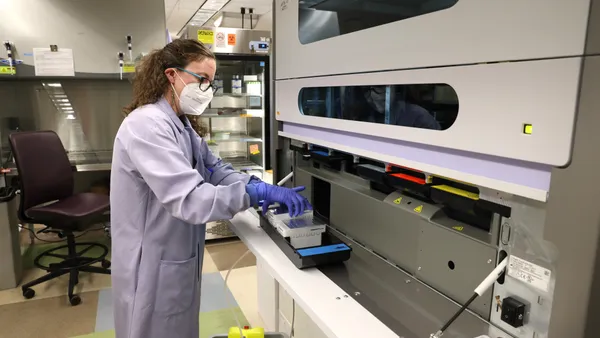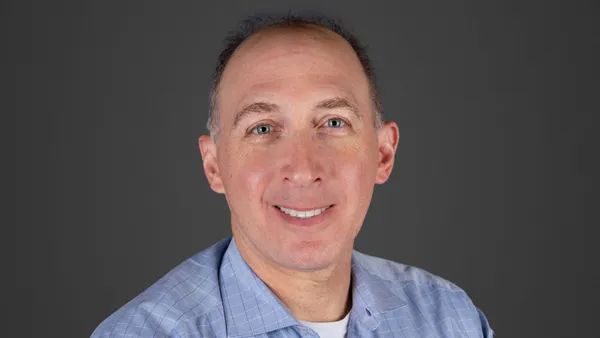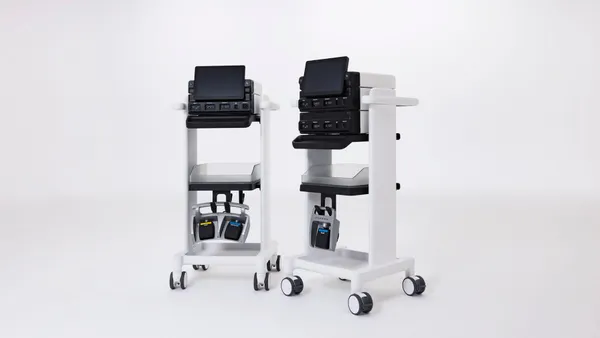UPDATE: Oct. 29, 2019: Siemens Healthineers announced Tuesday it completed its acquisition of Corindus Vascular Robotics.
"With the completion of the acquisition, we are opening up a new field for our Advanced Therapies business, tapping into adjacent growth markets with great potential for the future. We are taking an important step forward in the upgrading phase of our 2025 strategy," Siemens Healthineers CEO Bernd Montag said in a statement.
Dive Brief:
- Siemens Medical Solutions is acquiring Corindus Vascular Robotics for approximately $1.1 billion, the companies announced Thursday. The deal is expected to close in the fourth quarter of 2019.
- Corindus, which manufactures the CorPath robotic platform aimed at assisting coronary and vascular procedures, posted a $9.7 million loss during the first quarter of 2019 and only had $37.8 million of cash and cash equivalents on hand March 31.
- It appears Siemens Healthineers, the parent company, believes the addition of its imaging and artificial intelligence tools to Corindus' robotics platform will help it garner a stronger foothold into the vascular robotics sector.
Dive Insight:
Siemens Healthineers CEO Bernd Montag told investors July 29 expanding the company's portfolio with new technologies is a key to build a strong foundation.
"The acquisition of Corindus, combined with Siemens' strong advanced therapies portfolio will help further advance the growth of vascular robotics," Michel Therin, president of advanced therapies at Siemens Healthineers, said in a statement. "The integration of our technologies could lead to reduced variability, improved efficiency, expanded access to care, and ultimately improved patient outcomes."
Corindus filed a 510(k) for a neurovascular indication for CorPath GRX in February, but received a request from FDA for additional data in April. CEO Mark Toland told investors May 7 the company is in ongoing discussions with the agency over the type and extent of additional data needed to support the application. The company received a CE mark for the indication in March.
"This is an area where enormous potential to improve patient outcomes, time to treat is particularly critical in strokes and yet only a fraction of the patients receive immediate treatment given the distance to comprehensive stroke centers and the limited number of specialists trained to perform these types of procedures," Toland said on the earnings call.













